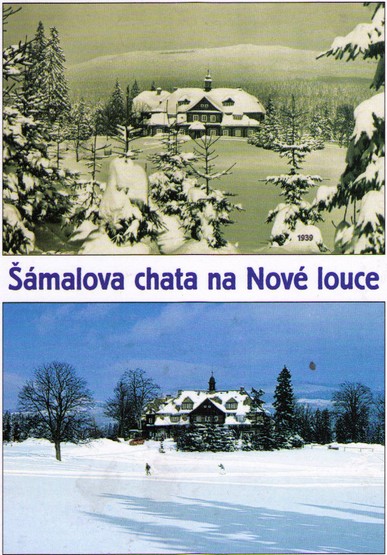 |
How are picture postcard actually collected? The collection of picture and picture postcard (AKs) is also today in the year 2007 still very popular. This trend is definitely notice on picture postcards exchanges. Also, the many ebay ads are a prove for such a expensive/excentive collection. In fact of my hobby I'm on my way in France, Belgium, Netherlands and the entire nation. The most interesting exchanges (as measured by the number of visitors) are the events in Cologne (Köln-Mülheim), Munich, Dresden, Nuernberg, Berlin, Frankfurt and Düsseldorf. In other countries there is Lillie, Paris (Escape Champerret) or in the northern France Arras (also known for Altrecht), Bruessel (Auto-world), Vienna (exhibition halls), Utrecht and Houten (Mega-card) in the Netherlands. An insider tip was called Perwelz a city in Belgium province Hennegau (postal code 7600). On Pentecost, exactly on Pentecost Monday, there are about 100 dealers offers there goods. The city is near 3 km to the french border. In France is the exchanges in Villers-Bretonneux interesting, a small event in Department Somme (No.80) near the region Picardie Amiens.In the french town of Enghien-les-Bains (north of Paris) in Department Val-D'Oise (no.75) can be found a small interesting Ticket exchange (but with a small rate of modern card dealers). Especially in France, the collection is being celebrated (far more than in Germany). During the summer months there are entire post, -picture postcards streets within large flea markets. Many dealers draw from flea market to flea market across the summer to offer their "Cartes Postales". Collected will be with different value aspects.That's the reason why photo postcards are much more popular in France as in Germany. Also this cards are valuable in France where they were traded to an higher price as in Germany. The topography collector also put the same card with different time eras in his collection. On one card is still seen a building, which is later not seen anymore an perhaps today is completely disappeared. To the exchanges their bring their own photocopies to see if this card already existed or not. Most homecollectors prefer picture postcards with individual buildings (e.g. restaurants) or streets. Even motifs such as stations or a certain event in the region are from strong interest. How valuable certain postcards can be shows the hall of fame of post, -picture postcards. Here will be shown postcard, which traded very high. What will be collected? Sometimes
several card motives reflected in one card.Some collections seems very
bizarre on the first consideration for example the Cologne Cathedral
but only the west side or cows on cards. But talks to the readers bring
interesting aspects to collect it. Another collection motive area is
UNESCO. Here, the Heritage cards are collected, the motives of World
Heritage sites. Also my collection area probably give some one a smile.
It is also interesting to see how diverse postcards were produced. Now
in reviewing many,many of thousand cards i also have notice motives the
world really does not need (called boring postcards). A book already
exist about it. There are also card designs which are very interesting
but probably have no collectors. Then-and-now (or in German Einst-und
jetzt) is one of them. In America I have seen many of these interesting
cards unfortunately not in German or not to this extent. 

 Interesting
and rare collection areas in the picture postcard field are presented here. A special collection of
picture postcards are cards which can not
have anyone in fact of their scarcity and therefore at exchanges be
priced high. Following Ak-puzzle is one of them.  In addition to interesting card designs, there are just picture postcards back such as the following example shows:  Also worth mentioning are the types of card production. Here is a paradigm for cards made of real wood.   Soon there will be more pages on this site which shows my own large collection.I also wasn't on an Picture postcard exchanges in Italy (example Verona). I would like to change it soon to know how and what collected there. © Igor Adolph, Mülheim/Ruhr |
|

